Romanticism is a cultural movement that spread throughout Europe in the first half of the eighteenth century. It had a direct impact on painting, literature and music. Romanticism added fascination for the sublime to classical representations of beauty as harmony and balance. It was entranced by deep emotion, ecstasy, rapture in nature’s darker side, and even horror itself.
Romanticism traces its roots to the German literary magazine Athenäum, founded in Berlin in 1798 by brothers August and Friedrich Schlegel. Romantics rejected the idea that Reason was the only guide for human emotions. They gave relevance to sentiment, a desire for freedom, and the tension regarding the unknown that resides in the human spirit.
The artist was the incarnation of a romantic man because he was subjected to powerful passions and, because of his creative genius, came into contact with the infinite. The romantic was an individual who sought personal freedom though art and life, rebelling against artistic and social conformism. The romantic spirit refused to distinguish between art and life. The English poet Lord Byron was a symbol of this movement: In love with Greek culture, he died in 1824 while fighting for Greece’s independence from Ottoman Empire rule. Key figures in romantic painting were Englishmen John Constable and William Turner, who painted landscapes of vibrant emotional intensity. Among the most well-known writers was German Johann Wolfgang von Goethe. The protagonist of the “The Sorrows of Young Werther” epitomized the movement’s sensibility by dying from the romantic passions afflicting him. In music, German Robert Schumann best represented Romantic ideals, but Ludwig Von Beethoven also became involved, particularly in his symphonies.
Romanticism had different characteristics in different European countries. For example in Italy, then divided and dominated by foreign powers, it took a patriotic twist, like in Giuseppe Verdi’s opera Nabucco. In more general terms, the Romantics were dismayed at the consequences of the French Revolution which, while championing egalitarianism, also generated wars throughout the continent. It was in art that the movement left its most enduring impact, putting individual creativity ahead of the rules of tradition. Romantic masterpieces include Francesco Hayez’s “The Kiss,” Eugene Delacroix’s “Liberty Leading the People,” and William Turner’s “Rain, Steam and Speed.” In literature, key Romantic texts include Novalis’s and Stendhal’s.
Romanticism traces its roots to the German literary magazine Athenäum, founded in Berlin in 1798 by brothers August and Friedrich Schlegel. Romantics rejected the idea that Reason was the only guide for human emotions. They gave relevance to sentiment, a desire for freedom, and the tension regarding the unknown that resides in the human spirit.
The artist was the incarnation of a romantic man because he was subjected to powerful passions and, because of his creative genius, came into contact with the infinite. The romantic was an individual who sought personal freedom though art and life, rebelling against artistic and social conformism. The romantic spirit refused to distinguish between art and life. The English poet Lord Byron was a symbol of this movement: In love with Greek culture, he died in 1824 while fighting for Greece’s independence from Ottoman Empire rule. Key figures in romantic painting were Englishmen John Constable and William Turner, who painted landscapes of vibrant emotional intensity. Among the most well-known writers was German Johann Wolfgang von Goethe. The protagonist of the “The Sorrows of Young Werther” epitomized the movement’s sensibility by dying from the romantic passions afflicting him. In music, German Robert Schumann best represented Romantic ideals, but Ludwig Von Beethoven also became involved, particularly in his symphonies.
Romanticism had different characteristics in different European countries. For example in Italy, then divided and dominated by foreign powers, it took a patriotic twist, like in Giuseppe Verdi’s opera Nabucco. In more general terms, the Romantics were dismayed at the consequences of the French Revolution which, while championing egalitarianism, also generated wars throughout the continent. It was in art that the movement left its most enduring impact, putting individual creativity ahead of the rules of tradition. Romantic masterpieces include Francesco Hayez’s “The Kiss,” Eugene Delacroix’s “Liberty Leading the People,” and William Turner’s “Rain, Steam and Speed.” In literature, key Romantic texts include Novalis’s and Stendhal’s.
RELATED
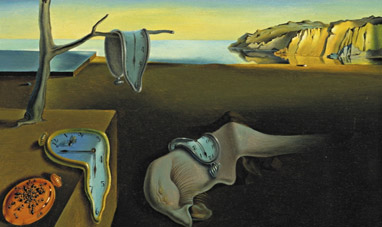

THE PERSISTENCE OF MEMORY
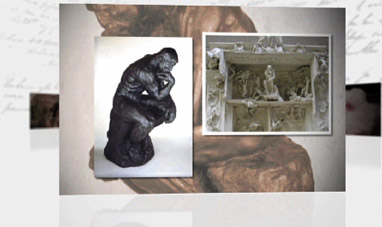

AUGUSTE RODIN
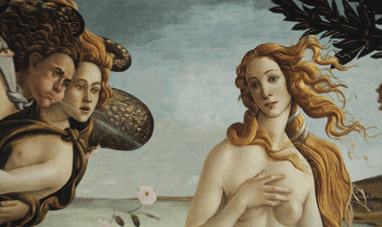

THE RENAISSANCE
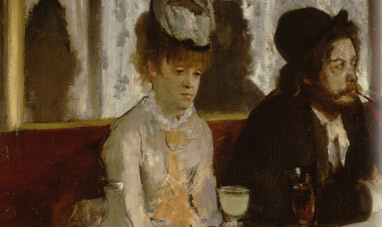

L'ABSINTHE
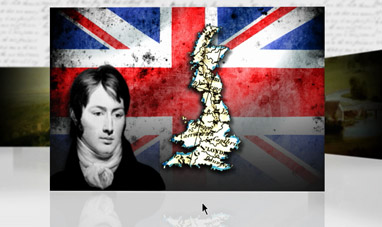

JOHN CONSTABLE
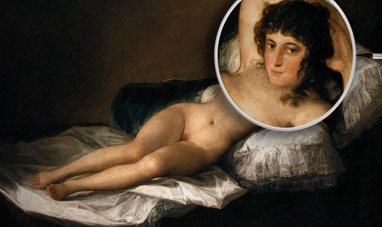

THE NUDE MAJA
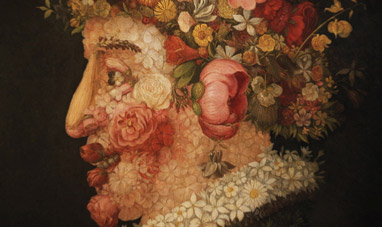

MANNERISM
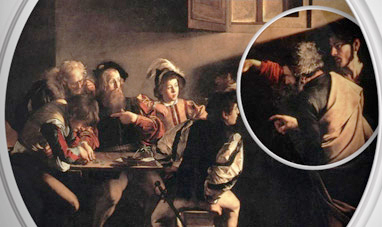

THE CALLING OF ST. MATTHEW


DAVID (MICHELANGELO)
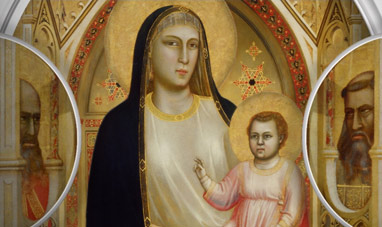

THE MADONNA DI OGNISSANTI
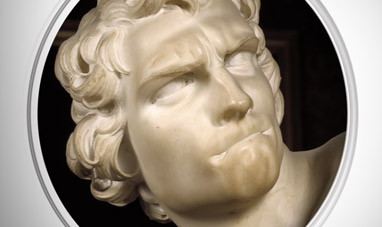

DAVID (BERNINI)
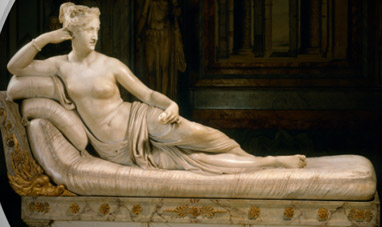

PAULINE BORGHESE


SATURN DEVOURING HIS SON


DISQUIETING MUSES


THE ECSTASY OF SAINT TERESA
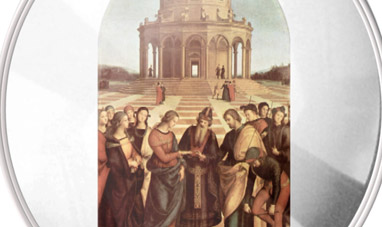

THE MARRIAGE OF THE VIRGIN


IMPRESSIONISM
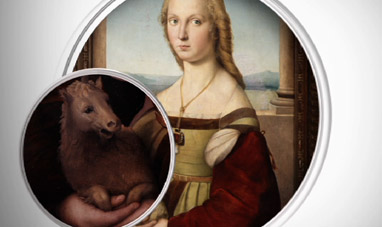

YOUNG WOMAN WITH UNICORN
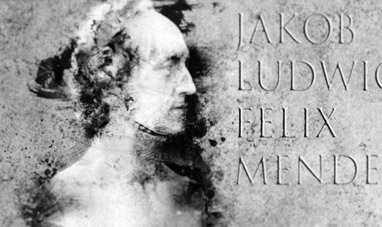

FELIX MENDELSSOHN
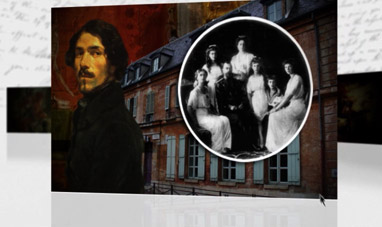

EUGÈNE DELACROIX
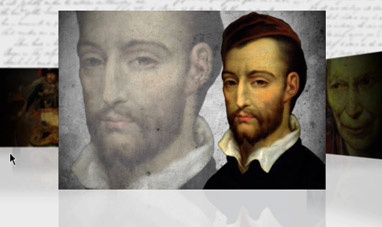

THÉODORE GÉRICAULT


THE CRUCIFIX OF SANTA MARIA NOVELLA
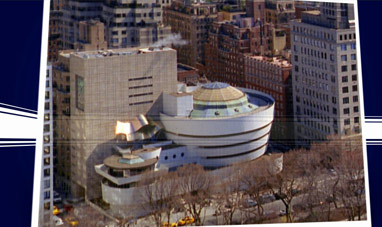

SOLOMON R. GUGGENHEIM MUSEUM


LADY WITH AN ERMINE
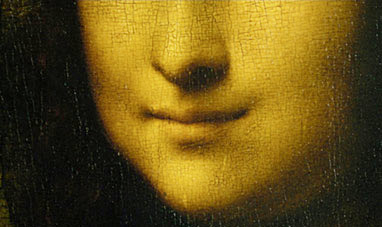

THE MONA LISA
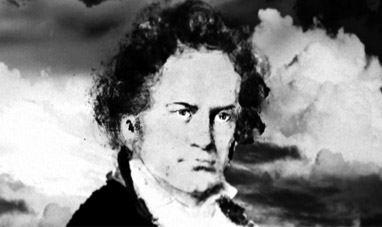

LUDWIG VAN BEETHOVEN
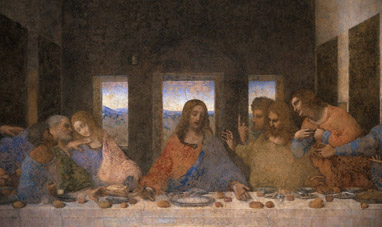

THE LAST SUPPER
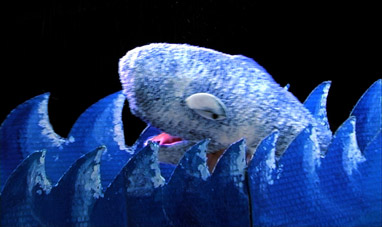

MOBY-DICK


LAS MENINAS
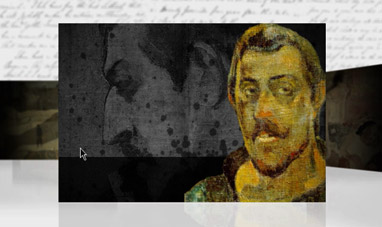

PAUL GAUGUIN
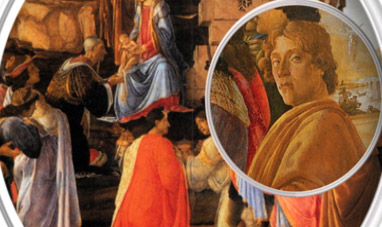

THE ADORATION OF THE MAGI
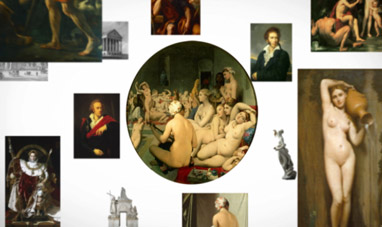

NEOCLASSICISM
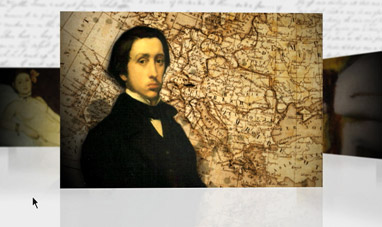

EDGAR DEGAS


BAROQUE
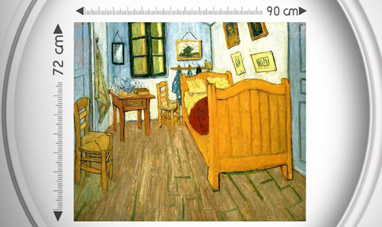

THE BEDROOM
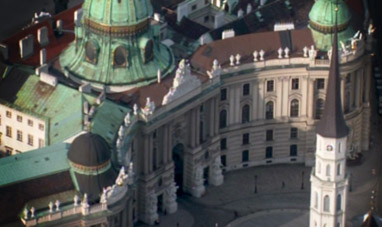

VIENNA
